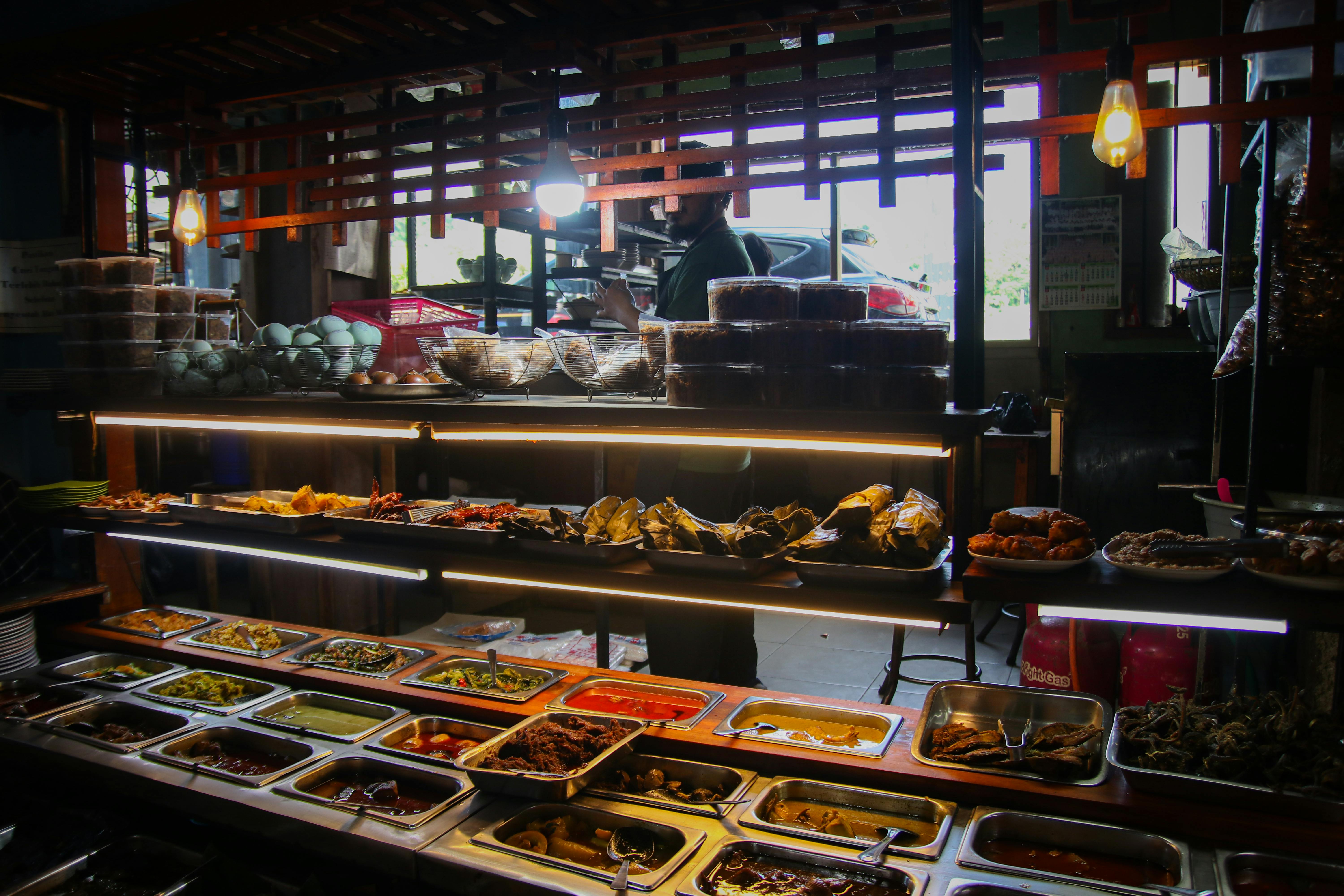Microtrends Shaping American Cuisine: The Rise of Hyper-Regional Dining
The culinary landscape of America is undergoing a subtle yet profound transformation. As diners seek authenticity and connection to local cultures, a new trend is emerging: hyper-regional cuisine. This movement goes beyond broad regional categories, drilling down to specific towns, neighborhoods, and even streets to celebrate unique flavors and culinary traditions. Read below to explore how this microtrend is reshaping American dining experiences and cultural identity.

The roots of hyper-regional cuisine can be traced back to the farm-to-table movement of the 1970s, which emphasized the importance of local, seasonal ingredients. This laid the groundwork for a deeper appreciation of local food cultures. As globalization homogenized many aspects of American life, including food, there has been a countermovement to preserve and celebrate the unique culinary identities of specific locales.
Beyond Farm-to-Table: The Hyper-Local Revolution
While farm-to-table focused primarily on ingredient sourcing, hyper-regional cuisine takes this concept further by emphasizing not just the origin of ingredients, but also the specific preparation methods, flavor combinations, and culinary traditions unique to a particular area. This approach goes beyond using local ingredients to actually telling the story of a place through its food.
For example, rather than simply offering Southern cuisine, a restaurant might specialize in the distinctive flavors of Charleston’s Lowcountry or the unique barbecue style of a specific North Carolina county. This level of specificity allows diners to experience a more authentic and nuanced representation of local culinary traditions.
Cultural Preservation Through Cuisine
One of the most significant aspects of the hyper-regional cuisine trend is its role in cultural preservation. As communities face challenges from gentrification, demographic shifts, and economic changes, food often remains one of the most tangible links to cultural heritage. By focusing on hyper-specific local cuisines, chefs and restaurateurs are not just serving meals; they’re acting as cultural ambassadors and preservationists.
This movement has led to the revival of nearly forgotten regional specialties and cooking techniques. In some cases, chefs are collaborating with local historians and long-time residents to unearth and recreate dishes that haven’t been widely prepared in generations. This not only preserves culinary traditions but also helps to strengthen community identity and pride.
The Impact on Local Economies and Tourism
The rise of hyper-regional cuisine is having a notable impact on local economies, particularly in smaller towns and neighborhoods that might not traditionally be considered culinary destinations. As restaurants focusing on hyper-local specialties gain attention, they often become draws for culinary tourism, bringing in visitors eager to experience authentic local flavors.
This trend is also fostering stronger connections between restaurants and local producers. By showcasing hyper-specific regional ingredients, these establishments are creating new markets for small-scale farmers, foragers, and artisanal food producers. This symbiotic relationship helps to strengthen local food systems and economies.
Challenges and Criticisms
While the hyper-regional cuisine movement has garnered significant praise, it is not without its challenges and critics. One of the primary concerns is the potential for exclusivity and elitism. As restaurants focus on increasingly specific and sometimes obscure local traditions, there’s a risk of alienating diners who aren’t familiar with the cuisine or can’t afford the often premium prices associated with these specialized dining experiences.
Additionally, there are debates about authenticity and who has the right to interpret and profit from local culinary traditions. This is particularly sensitive in cases where chefs from outside a community are the ones showcasing and potentially commodifying local cuisine.
The Future of American Dining
As the hyper-regional cuisine trend continues to evolve, it’s likely to have a lasting impact on the American culinary landscape. We may see a shift away from broad national chain restaurants towards a more diverse and localized dining scene. This could lead to a richer, more varied American food culture that celebrates the country’s incredible regional diversity.
However, for this trend to truly thrive and avoid becoming a passing fad, it will need to balance exclusivity with accessibility. The challenge for chefs and restaurateurs will be to educate diners about unique local traditions while still creating welcoming, inclusive dining experiences.
The hyper-regional cuisine movement represents a fascinating intersection of food, culture, and identity. As it continues to grow, it has the potential to not only change how Americans dine out but also how they understand and connect with their local communities and culinary heritage. In an increasingly globalized world, this celebration of hyper-local flavors and traditions offers a way to maintain and strengthen cultural identities through the universal language of food.





